Seowon (서원)
10.1Km 2021-03-18
141, Toegye-ro, Jung-gu, Seoul
+82-2-776-0214
This is a Korean cuisine located in Myeong-dong, Seoul. A must-visit store for breakfast. The representative menu is abalone porridge special.
PhoDUCK (포덕)
10.1Km 2021-03-18
7, Myeongdong 10-gil, Jung-gu, Seoul
+82-2-755-5233
This Korean cuisine is located near Myeongdong Station, Seoul. The representative menu is grilled Korean beef rib eye steak. It sells pork, duck meat, and beef.
Eunaenjeong Myeong-dong Dakgalbi (은앤정명동닭갈비)
10.1Km 2021-03-19
19, Myeongdong 7-gil, Jung-gu, Seoul
+82-2-778-1988
A place that sells dakgalbi (Spicy stir-fried chicken) or spicy chicken fried in a large pan loved by Koreans. This Korean dishes restaurant is located in Jung-gu, Seoul. The representative menu is spicy stir-fried chicken with cheese.
Jihwaja (지화자)
10.1Km 2021-01-08
125, Jahamun-ro, Jongno-gu, Seoul
+82-2-2269-5834
Operated by a “Living Treasure Of Korean Royal Cuisine” since 1991, Jihwaja is a high-class traditional Korean restaurant located in the center of downtown Seoul. It has enjoyed a high reputation as the finest restaurant that preserves “The Legitimacy of Korean Royal Cuisine,” the essence of the Korean food culture. Jihwaja resembles the sophisticated ambiance of the neighborhood that captures the beauty of the Joseon dynasty. The restaurant offers very healthy and nutritious dishes as they are prepared with only natural ingredients and royal culinary techniques, without using any MSG, artificial flavors or additives. Jihwaja offers a dining experience like no other through a meal fit for kings and queens and food storytelling.
Jihwaja is committed to promote Korea's authentic traditional food culture - Korean Royal Cuisine - across the world for generations.
Metro Hotel (메트로호텔)
10.1Km 2021-05-11
14, Myeongdong 9ga-gil, Jung-gu, Seoul
+82-2-752-1112
Metro Hotel is located in the heart of Seoul situated in the middle of Myeongdong. The hotel has a title of being the first tourist hotel in Korea and boasts over 50 years of tradition.
James Cheese Deunggalbi Myeongdong (제임스치즈등갈비 명동)
10.1Km 2021-03-19
13, Myeongdong, 10-gil, Jung-gu, Seoul
+82-2-318-0192
A well-known restaurant in Myeong-dong that serves seasoned grilled back ribs with cheese. This Korean dishes restaurant is located in Jung-gu, Seoul. The representative menu is grilled back ribs.
Monte Dobongsan (도봉산)
10.1Km 2025-06-13
Dobong-dong, Dobong-gu, Seúl
El monte Dobongsan, situado el noreste del Parque Nacional del Monte Bukhansan, es conocido por las magníficas formaciones rocosas de Manjangbong, Seoninbong, Jubong, Obong y el pico Uiam. El pico Seoningbong tiene 37 senderos, incluido el famoso sendero Bakjwi (murciélago). La montaña también es el hogar del templo Cheonchuksa, el templo más antiguo de la región, entre otros, como el templo Mangwolsa y el templo Hoeryongsa, así como también un gran número de valles llamados Donong, Songchu, Obong y Yeongeocheon. Además, es fácilmente accesible en transporte público.
Banyan Tree Club & Spa Seoul (반얀트리 클럽 앤 스파 서울)
10.2Km 2021-06-22
60, Jangchungdan-ro, Jung-gu, Seoul
+82-2-2250-8000
Banyan Tree Club & Spa Seoul is a membership club & hotel operated by Banyan Tree Hotel & Resort, Singapore’s top resort brand. The new urban resort is a place where visitors can enjoy quality spa services while taking in a panoramic view.
Located on Namsan Mountain in the center of Seoul, Banyan Tree Club & Spa Seoul consists of three buildings: the Club, the Hotel and the Festa. Facilities include an outdoor sports center and other luxurious amenities like an outdoor pool, 23 cabanas, a sauna, fitness center, driving range, tennis court, outdoor playing field, spa, and kids’ club. The hotel houses 34 suites with private relaxation pools, and 16 members-only club rooms. The two Presidential Suites located on the top floor offer a fantastic night view of Seoul and Namsan Mountain.
Gomgukshijip - Myeongdong Branch (곰국시집 명동)
10.2Km 2021-03-19
19-3, Myeongdong 10-gil, Jung-gu, Seoul
+82-2-756-3449
Near both Myeong-dong Station and Euljiro 1(il)-ga Station, Gomkuksizib has been cooking the best noodle dishes in town for more than 40 years. Ever since its opened in 1976, the restaurant has continued the tradition of serving delicious guksu jeongol and gomkuksi. Charbroiled premium hanu Korean beef is another famous dish popular among the neigberhood’s office workers. Gomkuksizib also added grilled Wagyu to the menu for a milder taste in order to appeal to the growing number of foreign visitors.
Museo Nacional de los Palacios de Corea (국립고궁박물관)
10.2Km 2023-02-20
Hyoja-ro 12, Jongno-gu, Seúl.
Inaugurado en 1992 bajo el nombre de Museo Real, el actual Museo Nacional de los Palacios de Corea expone reliquias de la dinastía Joseon (1392-1910). Aquí se presentan cerca de 20.000 reliquias reales de los palacios Gyeongbokgung, Changdeokgung y Changgyeonggung así como las del santuario Jongmyo.
1. Símbolos y documentos reales - La dinastía Joseon defendía las ideas confucionistas, el rey estaba considerado como el soberano absoluto y la pareja real representaba, junto con la reina, los padres de todo el pueblo. Para realzar su autoridad, la dinastía hizo fabricar diversos símbolos reales.
2. Ritos ancestrales - Un rito ancestral se llevaba a cabo en el santuario que alberga las lápidas de los reyes y reinas de la dinastía Joseon. Este rito no era solo una ceremonia de culto de la familia real, sino también una fiesta de música y danza celebrada para desear la salvación y la prosperidad eterna del país.
3. Arquitectura del palacio – El palacio era una residencia para el rey y su familia y el centro de política y administración, donde el rey gobernaba el país. El centro del palacio de la dinastía Joseon, según los planos de arquitectura tradicional, comprendía Jeongjeon, el vestíbulo principal como centro de los acontecimientos del Estado y de conversaciones políticas y Pyeonjeon, la oficina del gobierno.
4. Ciencias de Joseon – Durante su primer periodo, la dinastía Joseon intentaba establecer la legitimidad de su fundación y enriquecer el país. Con el fin de cumplir estos ideales, la dinastía promovía como nunca antes dominios tales como la ciencia, la medicina y desarrollaba diversas armas para la defensa nacional.
5. Vida de la familia real – El rey y la reina eran las figuras simbólicas de la dinastía Joseon, pero eran también como el pueblo normal en su vida privada de palacio. El palacio estaba dividido en diferentes secciones: oficina del rey, residencia para la reina, despacho del príncipe heredero. Cada espacio contenía muebles apropiados, que estaban fabricados con materiales de alta calidad según estrictos criterios para la familia real.

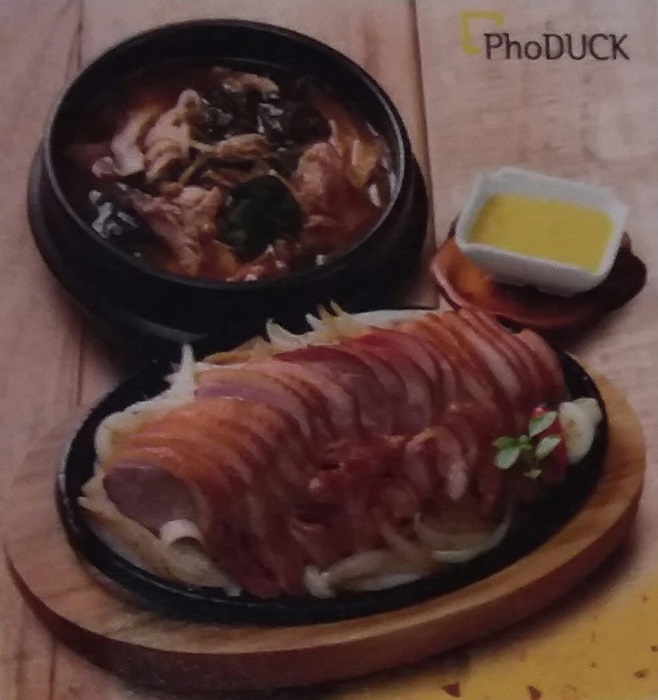
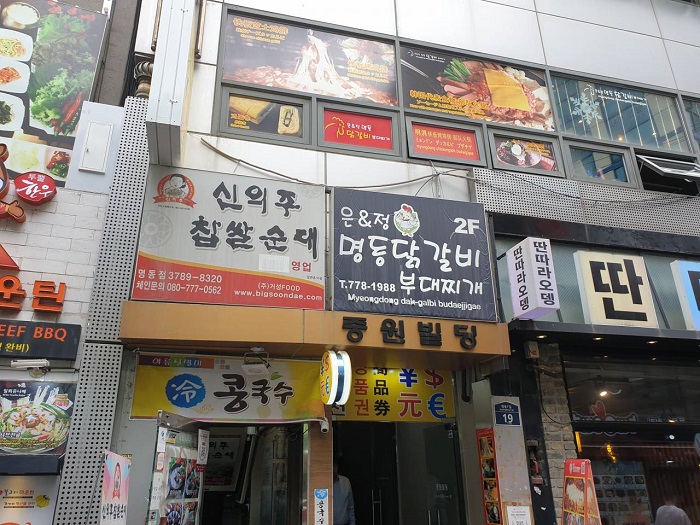
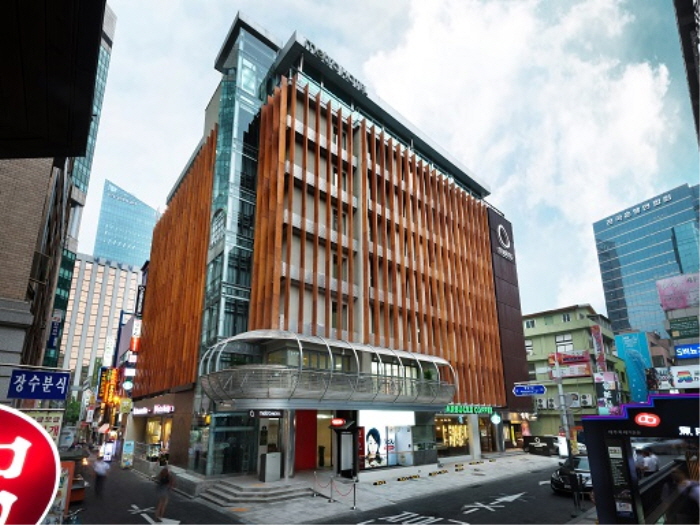
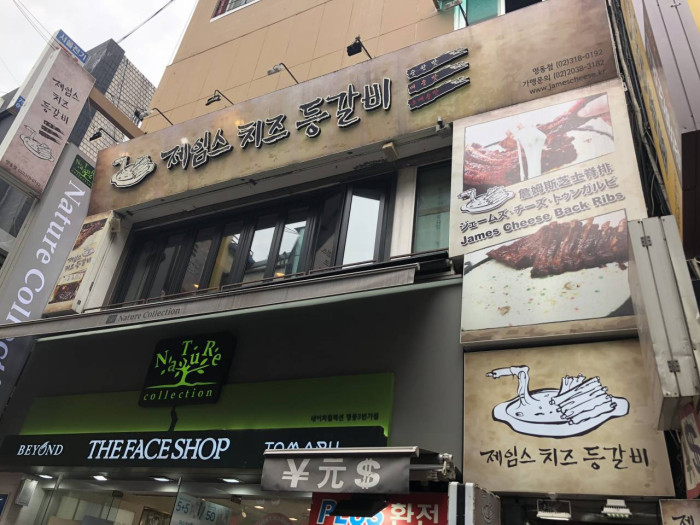
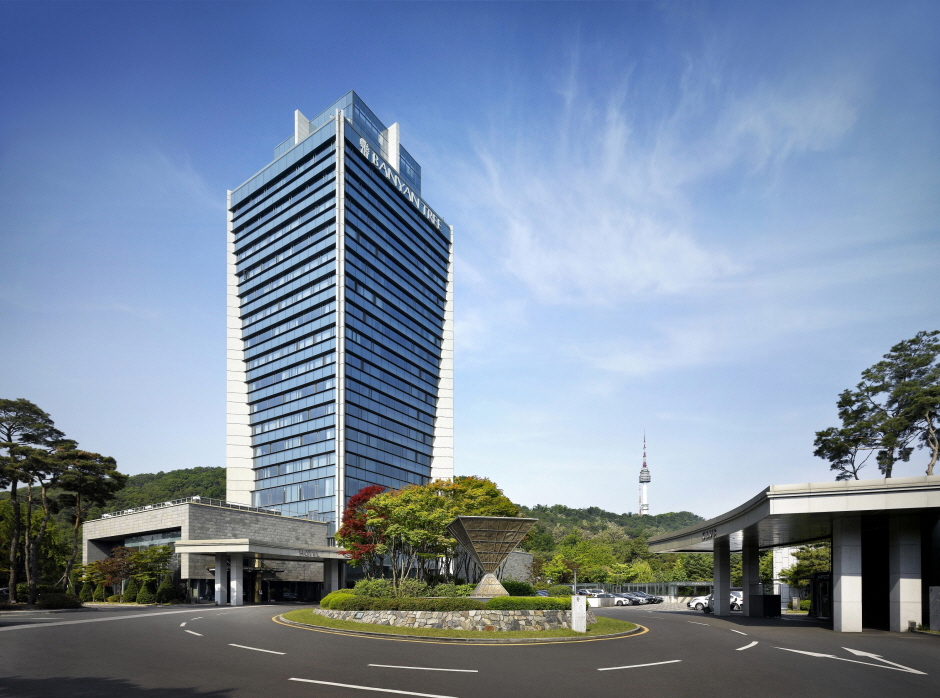
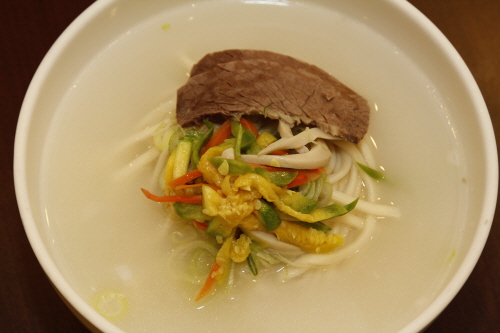
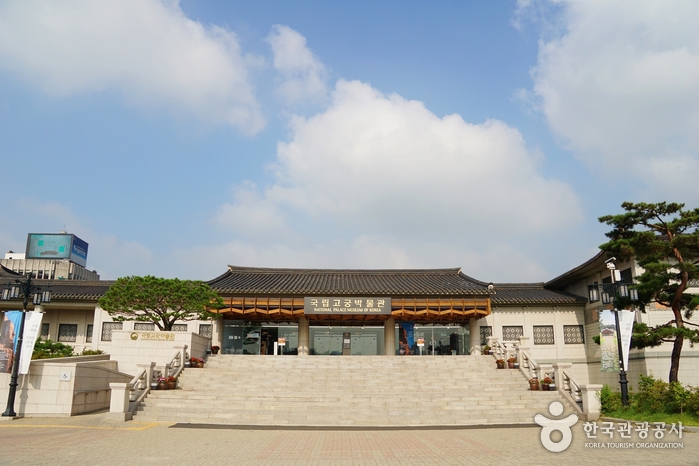
 Español
Español
 한국어
한국어 English
English 日本語
日本語 中文(简体)
中文(简体) Deutsch
Deutsch Français
Français Русский
Русский